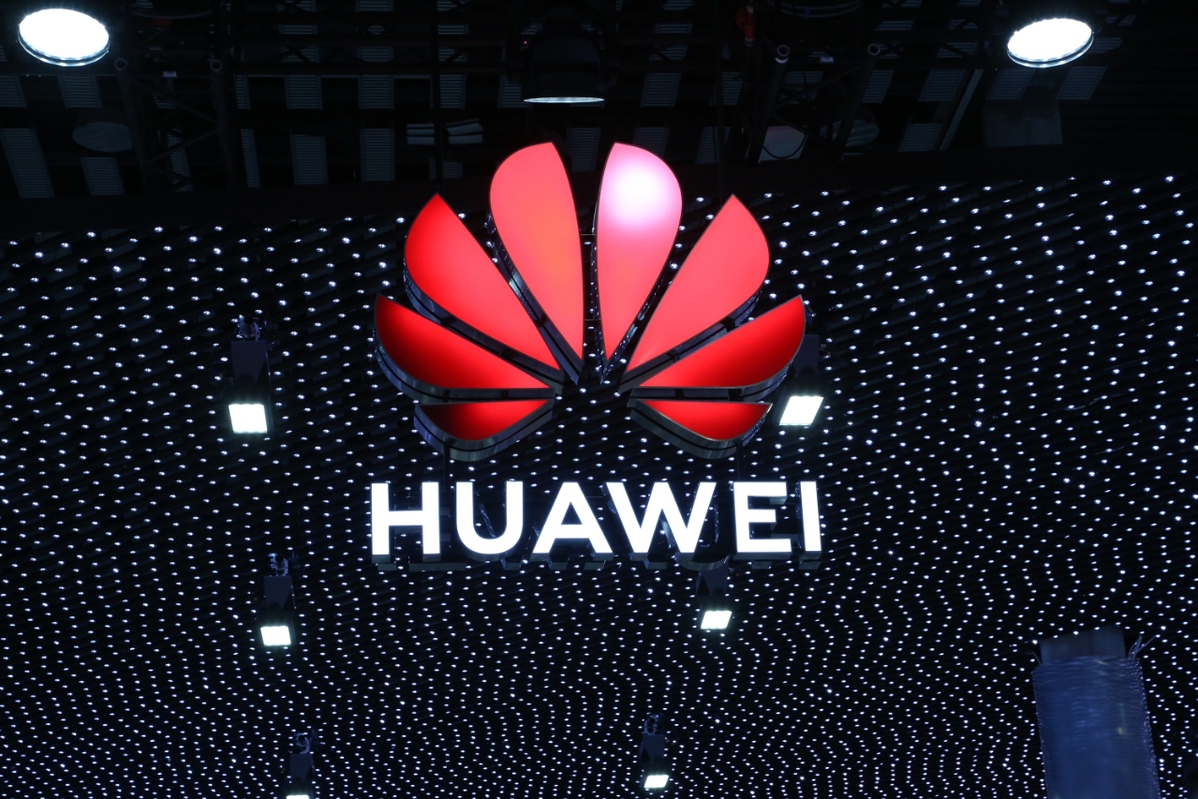‘JACKED UP ON THE HOLY SPIRIT’
The twice-impeached ex-president bragged about all his fans. His fans, meanwhile, ranted about psy-ops, clones, and the apocalypse.
Zachary Petrizzo
Media Reporter
Updated Jan. 16, 2022

Twice impeached ex-president Donald Trump took to a stage in Florence, Arizona on Saturday night, after a long lineup of 2020 election deniers fired up the crowd with unhinged election conspiracy theories and talk about “psychological operations.”
“The Big Lie, The Big Lie is a lot of bullshit,” Trump exclaimed shortly after taking center stage in a red “Make America Great Again” hat and a crisp open-collar white button-down. “We have had more destruction, I think, than five presidents put together in the last year,” Trump continued while claiming his fervent supporters were being “persecuted” for practicing their freedom of speech.
“There’s nobody that can see the end of this crowd,” Trump added, boasting about his rally crowd size. “And has cars that stretch out for 25 miles. That’s not somebody that lost an election.”
During the lengthy address, Trump praised One America News (OAN) following the Friday evening news of DirectTV not re-upping their contract with the far-right network. “This is a great network… I watch it all the time.” “It’s a disgrace what’s going on!”
During the evening affair, 2020 dead-ender Mike Lindell got time at the microphone too, where the MyPillow executive let out an endless stream of election-related theories with equal parts grievance and gusto.
“The biggest problem we face, it’s not the media, the fake news media, we’re all onto them, it’s the conservative media, the ones that don’t talk,” he stated, taking aim at conservative media. “One of them rhymes with Fox [News]. Okay? Disgusting. They’re disgusting.”
Asked by The Daily Beast how the rally went, the MyPillow man responded, “Great!”
“Arizona is a red state,” Sen. Wendy Rogers (R-Flagstaff), a close ally of white nationalist Nicholas Fuentes, told the crowd. “And President Trump won. Let me tell you, I have proposed over 50 bills, so far this session… and many will fix the problems from the election,” she stated. “We must decertify, the presidential election of 2020!”
Ahead of the pre-rally speeches by the Trumpwold election result denying luminaries, festivities outside of the venue included signature red Trump hats being sold along with other Trump trinkets and collectibles. (At least two Trump rally-goers could be seen walking around with Trumpy Bear plushies.)
Right Side Broadcasting Network (RSBN), the ardently pro-Trump YouTube channel, sent correspondent Brian Glenn to roam around the venue.
Describing the atmosphere, Glenn described the atmosphere as like the 1969 music festival “Woodstock,” except he noted that “everyone is not completely liberal and jacked up on drugs.” Instead, the RSNB host claimed, attendees were “just jacked up on the holy spirit.”
Speaking with rally-goers, the RSBN host spoke with eccentric Trump supporters, including one who espoused the far-right QAnon adjacent conspiracy theory that Democratic California Governor Gavin Newsom, in his current capacity, is a “clone.”
“The real Governor [Gavin] Newsom has had his military tribunal at GITMO, and he’s been executed,” the Trump supporter stated.
The RSBN host then attempted to downplay the supporters’ unhinged remarks: “There you go. Thank you for your time.”
Khayree Billingslea, a Trump supporter and self-identified “flat earth boxer,” told RSBN that the world is experiencing an “apocalypse.”
“It’s my persuasion that it’s clearly the apocalypse and that the vaccine is made of aborted children,” he said, which was broadcast onto YouTube. “So it’s literally the mark of the beast, and a lot of people aren’t talking about it.”
The bonkers remarks spewed by Trump supporters on YouTube also centered on baseless and false claims that the election was “stolen” and foreign powers control Dominion Voting Systems. (YouTube didn’t return The Daily Beast’s request for comment Saturday evening.)
Among other attendees at the rally included Jan. 6 “Stop the Steal” organizer Ali Alexander.
“It’s exciting,” Alexander told The Daily Beast while at the rally. “2022 wave of Trump Republicans coming!”
With a Jan. 6 organizer in attendance, Trump bragged about the dark winter Washington, D.C. day during his speech.
“They talk about the people that walked down to the Capitol,” he said. “They don’t talk about the size of that crowd. I believe it was the largest crowd I’ve ever spoken [to] before and they were there to protest the election!”
One rally-goer wearing a black “Biden 2020” T-shirt was arrested at the political event, as Trump supporters heckled her as she was placed in handcuffs by officers. (Florence’s Police Department did not return The Daily Beast’s request for comment on Saturday night.)
“Get out of here,” a bystander could be heard yelling. “See ya commie.”
During his pre-rally speech, Arizona State Senator Sonny Borrelli said that he believes a “psychological operation” is underway in the country.
“I was in the Marines for 20 years,” he told the crowd, before claiming there was “a psy operation, psychological operations” which included an unknown entity utilizing “black op operations” to “blackout information.”
Trump dolled out heavy praise of Borrelli, saying he is “tough and smart” during his speech. “He is a great guy,” the ex-president added.







